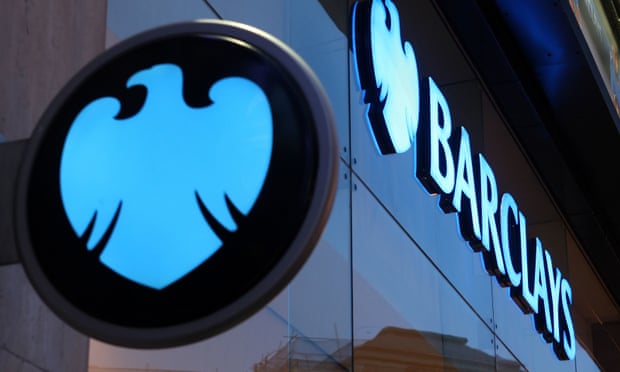Barclays has paid its chief executive, Jes Staley, £4m and handed larger bonuses to its bankers despite a 30% drop in annual profits during the Covid crisis.
Pre-tax profits fell to £3.1bn for 2020 from £4.4bn a year earlier, with earnings hit by a jump in bad debt provisions. The bank put aside a total of £4.8bn to cover a potential surge in loan defaults linked to the coronavirus outbreak, slightly lower than the £5bn that analysts had expected.
However, the bank highlighted the strong performance of its investment bank, which benefited from a jump in trading due to market volatility last year, and corporate fundraising. The division reported a 35% jump in pre-tax profits to £4bn for the whole of 2020, helping cushion the blow of the bad debt provision.
The bank, which also published its annual report on Thursday, revealed it had paid Staley £4m for 2020, including an annual bonus worth £843,000.
Staley donated £392,000 of his income last year to the bank’s coronavirus fund, but did not waive his bonus like rivals at NatWest and Lloyds, leaving him with £3.6m.
That is down from £5.9m in 2019, when Staley was paid a £1.7m bonus.
Staley said he had not decided whether he would donate more of his pay, given the ongoing Covid crisis, adding that the bank’s senior leadership had made “a really significant contribution of our compensation last year”. “Let’s see what this year brings,” he added.
The overall bonus pool for Barclays’ bankers rose by 6% for 2020 to £1.6bn.
The Bank of England warned in December that it would keep a close eye on cash bonuses for senior staff, given the uncertain economic outlook.
Staley cheered the performance of the investment bank, which he said was capitalising on the long-term growth in fundraising by companies through both the stock and bond markets. “There’s an underlying momentum in the capital markets that, I think, won’t recede,” he said.
While the lender warned of further headwinds in 2021, including low interest rates and subdued demand for consumer borrowing, Barclays is banking on a rebound in consumer spending as vaccines are rolled out and Covid restrictions are eased.
Higher spending would help to increase income through higher credit card spending as well as interchange and merchant fees. A lifting of restrictions would also likely reduce the number of payment holidays and overdraft fee waivers offered by the bank during the pandemic.
Barclays also announced it was restarting dividend payments, with plans to pay shareholders 1p per share for 2020 and launch a £700m share buyback programme. It is the first bank to do so, after the Bank of England lifted its temporary ban on shareholder distributions in December to allow limited payouts.
The regulator ordered UK lenders to scrap nearly £8bn in combined shareholder payouts at the start of the Covid crisis last March, to give banks a larger financial cushion to weather the economic downturn.
Barclays shares fell 4.4%, making the bank one of the biggest fallers on the FTSE 100 on Thursday. “This suggests that [share] buybacks are not necessarily going to be seen as the show of confidence that management is hoping to offer,” Russ Mould, investment director at AJ Bell, said.
Staley said he was keen to to get workers back into offices after Covid, backtracking from statements made last April when he declared the days of putting 7,000 people into a single building “may be a thing of the past”.
While the banking boss was initially surprised at how its 85,000 global staff were able to keep the bank running from their kitchen tables, Staley said “it’s getting old”. “I look forward to us being able to welcome colleagues back into the office. That will certainly happen sometime this year.”
The bank is still reviewing its real estate footprint, but is committed to keeping a “significant presence” in London’s Canary Wharf, where both its headquarters and investment bank are based, Staley said.
But as more customers shift to online banking, the future of Barclays’ branch network is not as secure. Staley said: “I think you’ll see our number of branches decline but it will be where there’s an absolute economic rationale for it.” Barclays closed about 100 locations last year, leaving it with a network of 859 branches.


